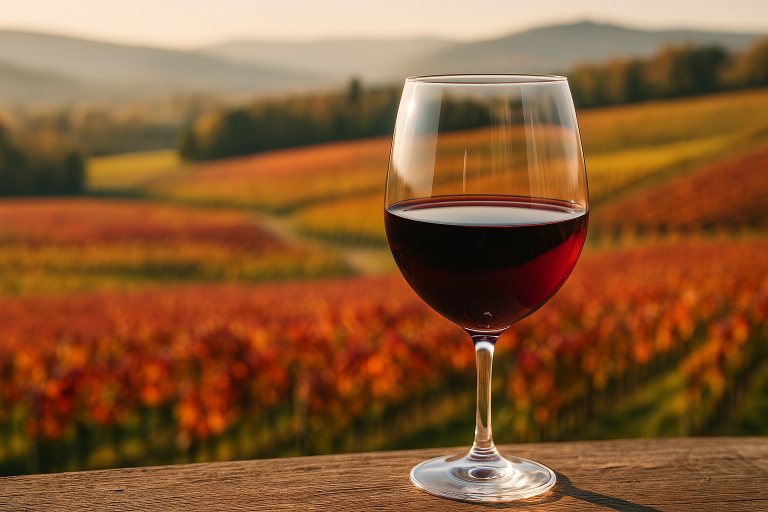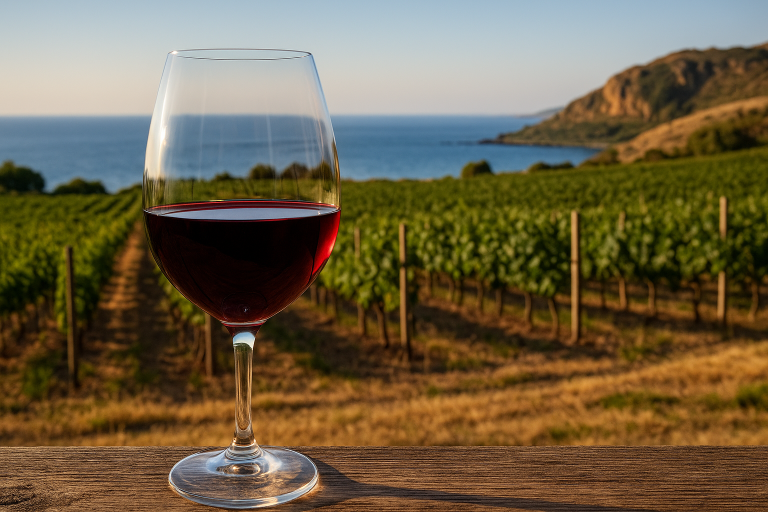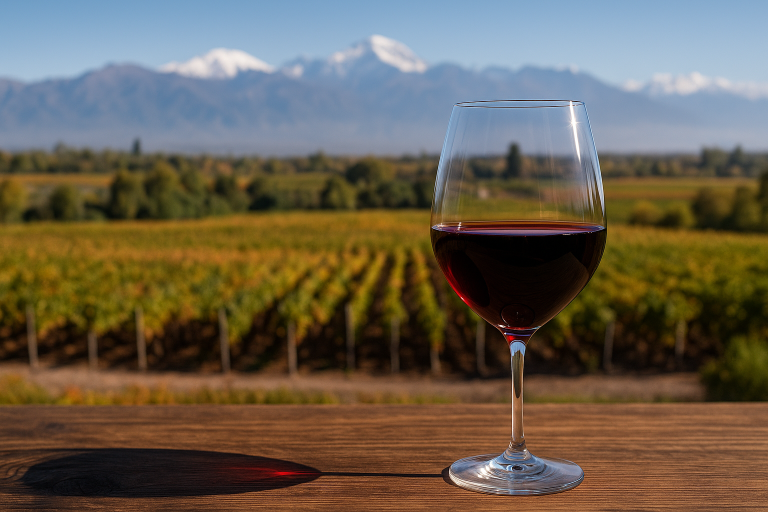Few grapes embody sunshine quite like Grenache — or Garnacha, as it’s known in Spain. With its bright fruit, silky texture, and warm, spicy character, this Mediterranean classic is a celebration of generosity and joy. Often used in blends but equally compelling on its own, Grenache produces wines that are approachable, full of personality, and bursting with life.
A Brief History
Grenache is one of the world’s oldest and most widely planted red grape varieties, with origins tracing back to northern Spain’s Aragon region, where it was known as Garnacha Tinta. From there, it spread across Europe during the Middle Ages, thriving in warm, dry climates ideal for its late ripening nature.
By the 14th century, it had crossed into southern France, becoming the foundation of the great Rhône Valley blends. In Châteauneuf-du-Pape, Grenache still reigns supreme, lending fruit and warmth to wines of immense depth and age-worthiness. As centuries passed, it continued its journey across the globe, taking root in Australia, California, and beyond — wherever the sun shines bright and breezes stay dry.
Today, Grenache is cherished for its adaptability and charm. Whether it’s the bold, spicy styles of Spain or the soft, perfumed versions of France, the grape always delivers generosity and warmth.
Where It’s Grown
Grenache thrives in hot, sunny regions with well-drained soils — the kind of places where vines struggle just enough to produce concentration and character.
- Spain: The spiritual home of Garnacha, especially in Rioja, Navarra, and Priorat, where it ranges from youthful and fruit-driven to rich, mineral, and age-worthy.
- France: In the Southern Rhône Valley, Grenache is a cornerstone of Châteauneuf-du-Pape, Gigondas, and Côtes du Rhône blends. It also stars in the rosés of Provence.
- Australia: Known as one of the “GSM” trio (Grenache, Shiraz, Mourvèdre), it produces ripe, velvety reds with sweet spice and power.
- United States: Particularly in California’s Central Coast, where old-vine Grenache yields lush, vibrant wines with pepper and red fruit flair.
Its resilience in heat and wind makes it a favorite of winemakers from South Africa to Chile, wherever Mediterranean conditions prevail.
Tasting Notes
Grenache is typically medium-bodied, with soft tannins and moderate acidity, making it both expressive and easy to enjoy. Aromas of strawberry, raspberry, and red cherry mingle with white pepper, cinnamon, and herbs. In warmer climates, it leans toward ripe plum, dried fruit, and licorice, while cooler regions produce more delicate, floral styles.
Oak-aged Grenache often gains notes of vanilla, clove, and cocoa, while old-vine bottlings can reveal deeper tones of leather, earth, and spice. Its velvety texture and aromatic warmth make it one of the most food-friendly reds — perfect with roasted vegetables, lamb, barbecue, charcuterie, and Mediterranean cuisine.
Serve slightly below room temperature (around 60°F) to highlight its freshness and spice.
The Essence of Grenache
Grenache — or Garnacha — is more than a grape; it’s an expression of sunlight and generosity. It bridges rustic authenticity with refined elegance, capturing the essence of the Mediterranean spirit.
Whether it’s a robust Spanish Garnacha, a perfumed Rhône Grenache, or a modern Australian GSM blend, this versatile varietal continues to charm wine lovers around the world. In every glass, Grenache offers a simple truth: wine should be joyful, generous, and full of warmth.







